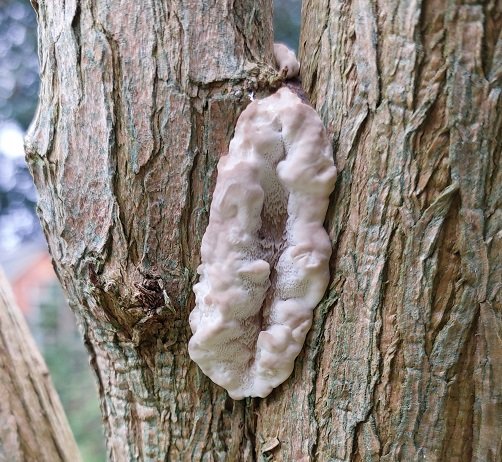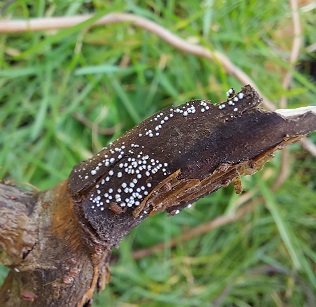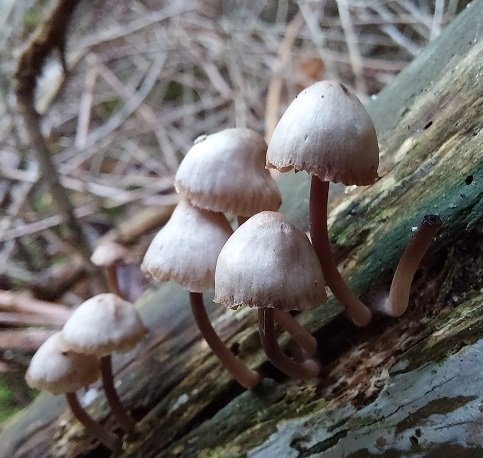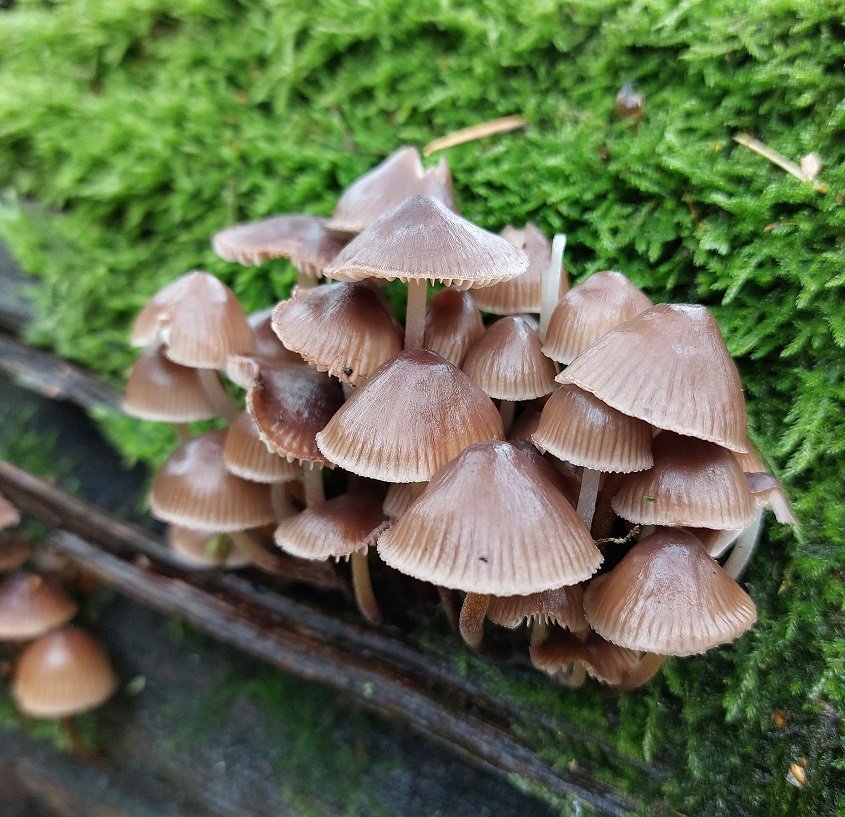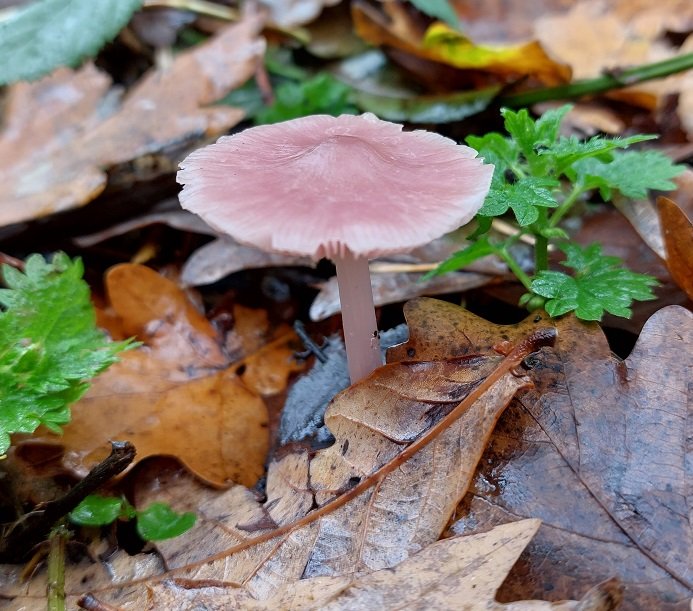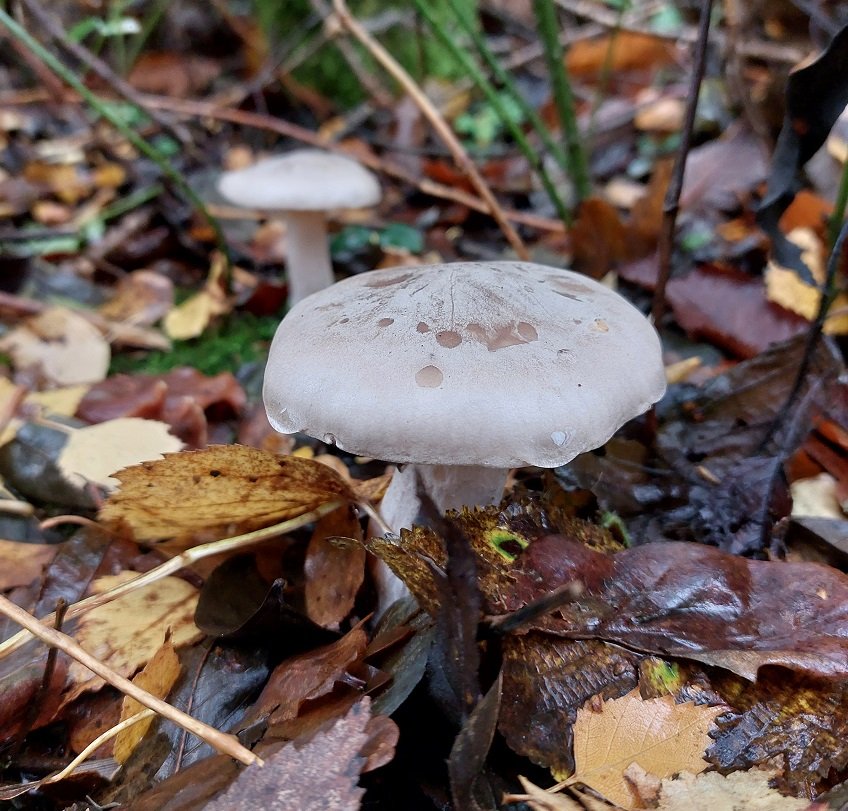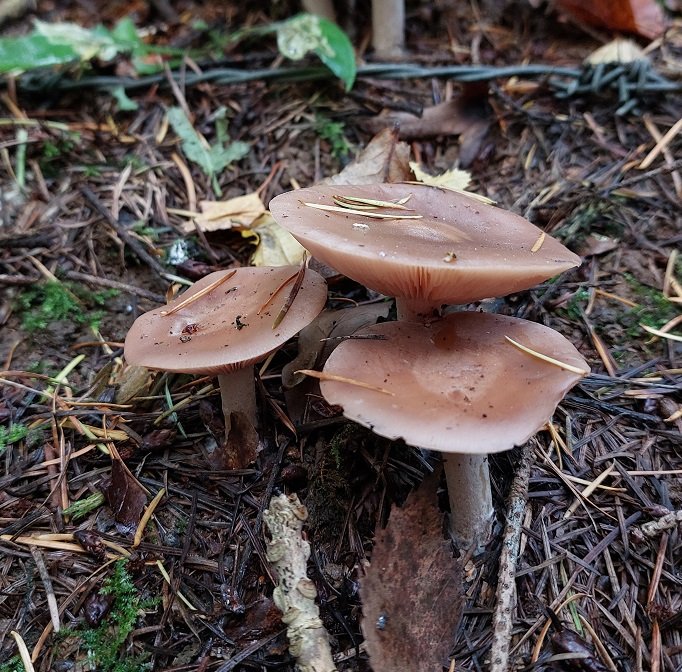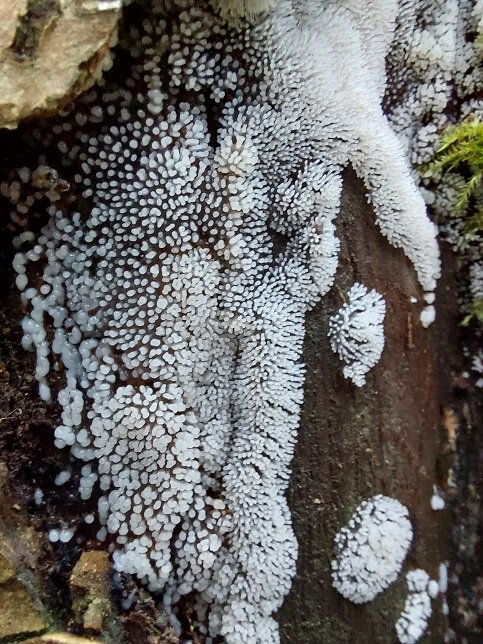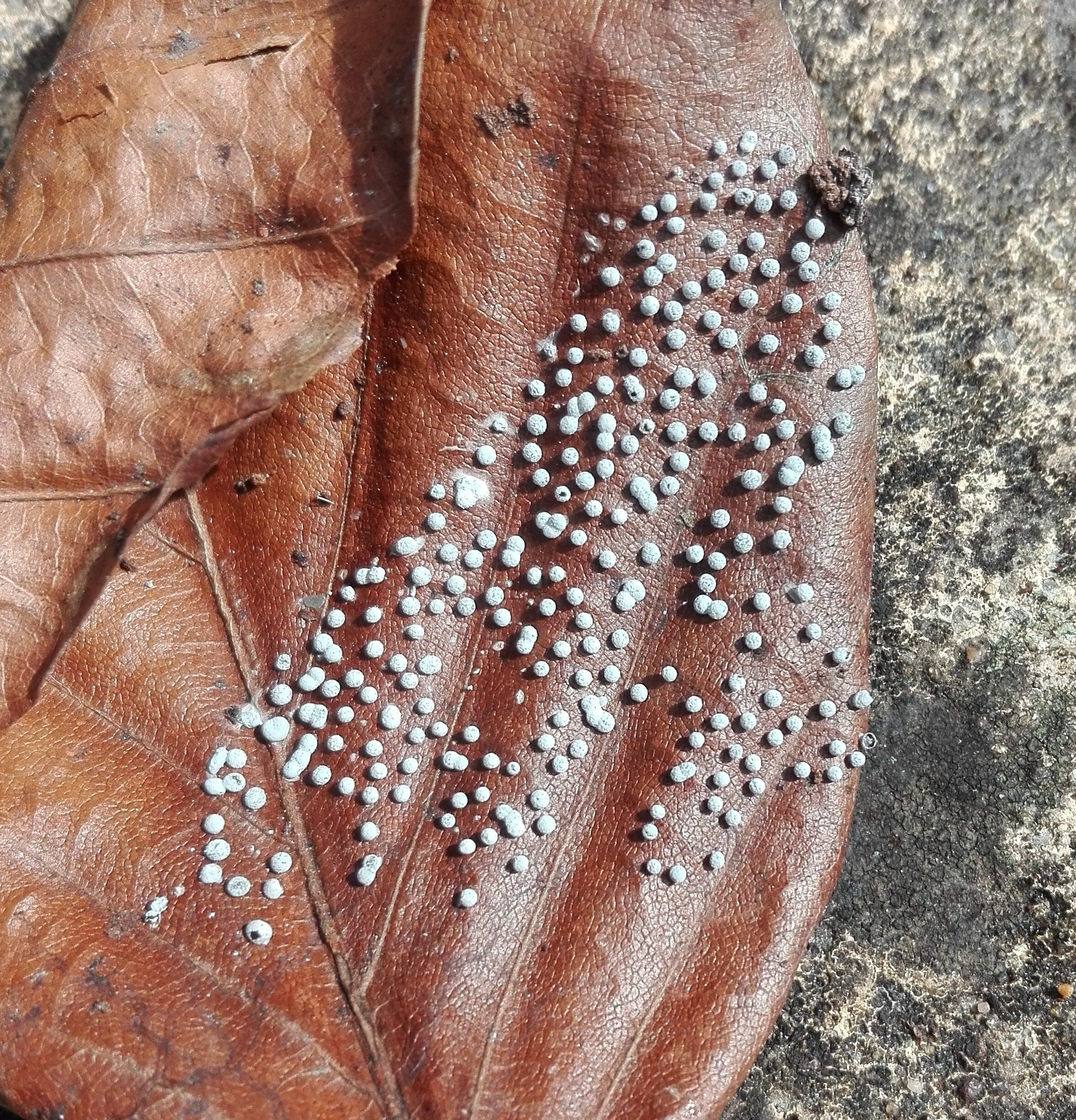Netted Crust (Byssomerulius corium, #979)
/This blob of what looks like old chewing gum on a dead Buddleia branch, is I believe Netted Crust (Byssomerulius corium), a new species for the garden. This fungus is found all year round on dead wood - usually deciduous/ The white spots on another piece of dead wood, this time from my Corkscrew Willow, are some kind of slime mould.

